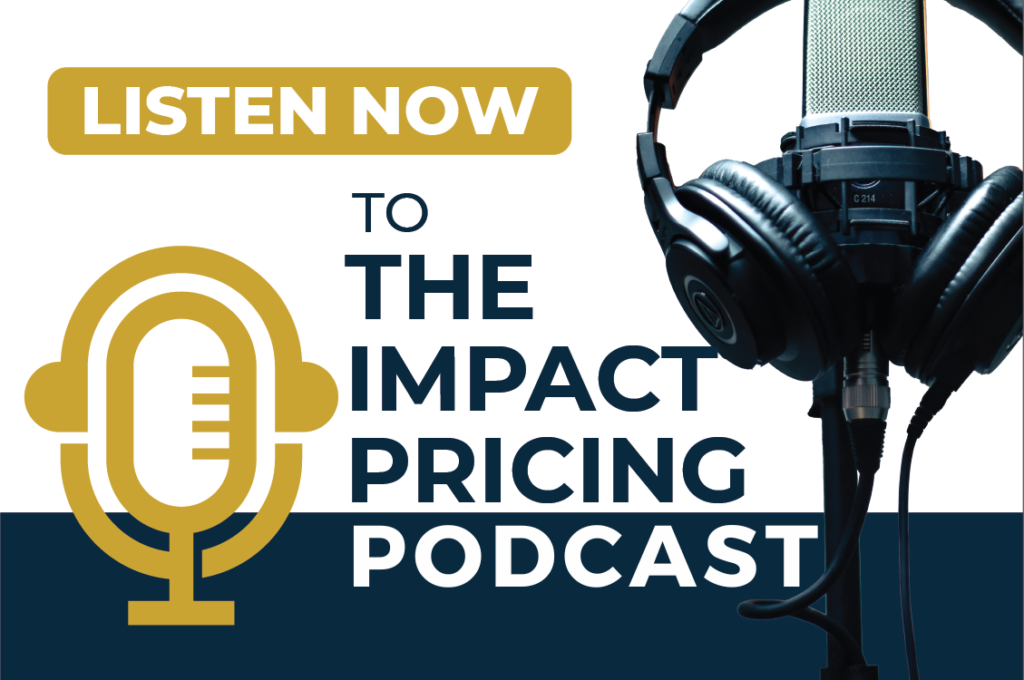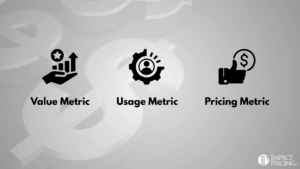Mark, Why Does This Distinction Matter?
In AI, whether you are selling a platform or a solution is one of the most important strategic decisions you make. Platforms and solutions create value in different ways, which means they must be packaged and priced differently. This choice shapes how buyers perceive value, how you package your offer, and which pricing metrics make sense.
A simple rule:
Platforms sell access. Solutions sell outcomes.
What Is a Platform?
A platform is a product that solves many different problems of dramatically different value. The same capability can be worth pennies in one context and millions in another.
This wide range of potential value makes pure value-based pricing challenging, as one price rarely suits all use cases. Instead, platforms are often priced based on usage, access tiers, or a combination of both.
Examples:
- Zoom is a platform. It can host a casual family call, a daily team stand-up, or a high-stakes investor pitch. The underlying capability is the same, but the value varies dramatically.
- OpenAI GPT-4 API is a platform. It can be used for a quick email draft or to power a sophisticated business process. Again, the same capability has vastly different value.
- Amazon Web Services (AWS) is another example. Customers can run a personal blog for a few dollars a month or operate a global e-commerce site processing millions in transactions daily. The platform offers a wide range of capabilities, and its value depends on how the customer utilizes it.
What Is a Solution?
A solution is a product designed to address a specific, well-defined problem for a target customer. Buyers know what problem it solves, how it fits into their workflow, and the type of result they can expect.
Because the problem and use case are consistent across customers, the perceived value is more uniform. This makes value-based pricing easier to apply.
Agents are usually solutions. They autonomously perform a task or process that delivers a result, such as resolving a support ticket, completing a data entry task, or processing an invoice.
Examples:
- FinAI charges per completed customer support call. This is an agent-based solution with a clear result and measurable value.
- Jasper AI helps marketers quickly create on-brand content. Its value is measured in the time and effort saved producing high-quality marketing materials.
- LegalSifter reviews and redlines contracts for in-house legal teams, delivering consistent results that reduce review time and legal risk.
- Zoom Telehealth is packaged and marketed for a single use case: secure patient-doctor video visits. The problem, the buyer, and the value proposition are clear and consistent.
The Gray Area
Some AI products look like they break the platform vs. solution rule, but when you dig deeper, they still fall into one category.
Co-Pilots often sell their services per seat. They function as platforms. Microsoft Co-Pilot, for example, can assist with a wide range of tasks of varying value, from drafting a brief email to preparing a board presentation. The per-seat pricing is a packaging choice, not an indicator that it is a solution.
ChatGPT for Casual Users is a consumer solution, but it is still a platform. Even casual users can apply it to a vast range of problems with wildly varying values. The $20 per month subscription is simply a flat-rate packaging approach to a platform.
Vertical AI Applications are almost always solutions. They target a specific industry problem with a clear and consistent value proposition, like a radiology AI system that interprets medical imaging. It is rare to find a vertical AI that serves as a true platform, as they typically aim for narrow, well-defined use cases.
AI Spam Filtering is a solution, even though it is often bundled into email platforms. It addresses a specific, consistent problem (unwanted emails) with clear value across all users. While it may not be monetized separately, it helps retain customers and improve satisfaction.
Mapping AI Sales Models to Platforms vs. Solutions
| AI Sales Model | Platform or Solution? |
| LLMs (e.g., GPT API) | Platform |
| Co-Pilots | Platform |
| Agents | Usually solutions |
| AI-Enhanced Features | Usually solutions |
| Vertical AI Applications | Often solutions |
How This Impacts Packaging and Pricing
The classification as a platform or a solution shapes every aspect of how you package and price your product.
Platforms must account for wide variation in value across use cases. They are often best packaged with usage-based pricing or access tiers that allow high-value customers to pay more without alienating lower-value users. In an attempt to maximize market share, platform providers typically maintain lower prices for a level of usage because Pricing on ROI is difficult unless you target and sell to a specific use case.
Solutions, on the other hand, benefit from consistent value across customers, making value-based pricing far more practical. They can be packaged as outcome-based offers, tiered subscriptions, or add-ons. Because the results are clear, solutions can justify higher willingness-to-pay when they deliver measurable ROI. Although solutions tend to have fewer capabilities, they have higher prices because the value they deliver is more apparent.
Common Mistakes
One common mistake is treating a solution like a platform and underpricing it by focusing on inputs rather than outcomes. For example, charging for hours of AI processing when the buyer only cares about the completed result.
Another is trying to sell a platform to buyers who want a solution. A customer seeking an automated compliance reporting tool does not want an API; they want a ready-to-use product that generates reports. Selling them platform access forces them to do work they do not want to do.
Finally, companies sometimes fail to state whether they are selling capabilities or results clearly. This lack of clarity leads to confusion in the sales process, mismatched expectations, and pricing models that do not align with perceived value.
Strategic Takeaways
Decide early whether your AI is a platform or a solution. This decision affects packaging, pricing metrics, and positioning. Platforms and solutions require different sales motions, marketing messages, and pricing strategies. The earlier you clarify this, the more coherent your go-to-market plan will be.
Share your comments on the LinkedIn post.
Now, go make an impact!
 Tags: AI, ai pricing, pricing, Pricing AI, pricing foundations, pricing metrics, pricing skills, pricing strategy, pricing value
Tags: AI, ai pricing, pricing, Pricing AI, pricing foundations, pricing metrics, pricing skills, pricing strategy, pricing value













